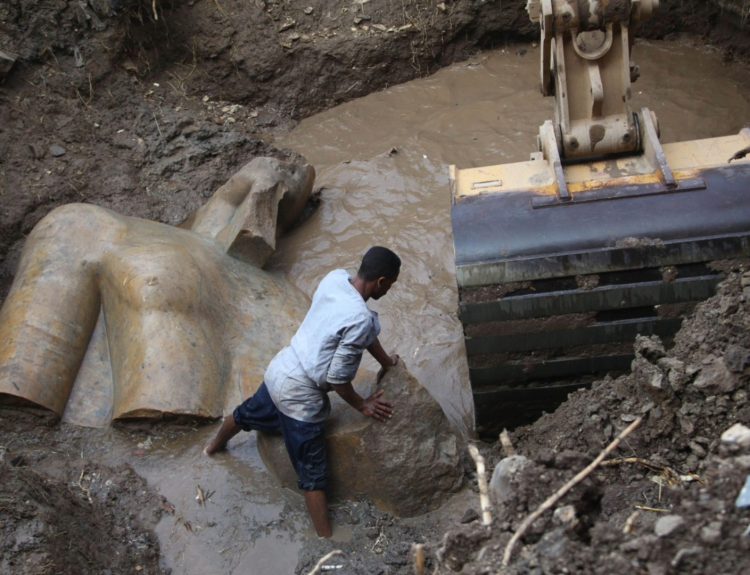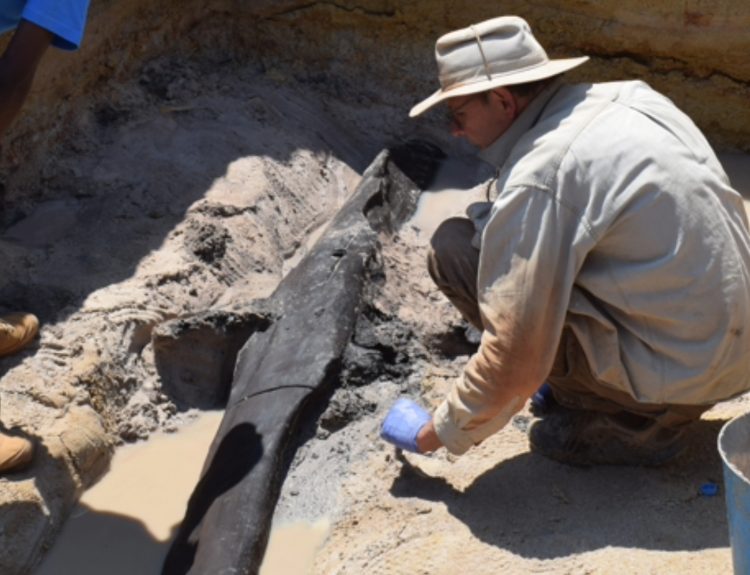When it comes to weapons of war, modern inventions like drones and fighter jets are effective but they can’t surpass the fire power of howitzer artillery. That’s probably why Stalin referred to artillery as the “God of War.”
As effective as howitzers are, however, the United States Army has a problem. They can’t improve upon them. After several failed attempts, the military is resigned to using upgraded versions of the same howitzers it has been using for more than six decades. Let’s look at the history of the howitzer and why the U.S. Army can’t seem to develop better ones.
The Kings of the Battlefields
Artillery – large caliber guns, tanks, field guns, and canons – has been the king of the battlefield for centuries. The term “howitzer” was adopted into the English language from the Czech word meaning “crowd.”
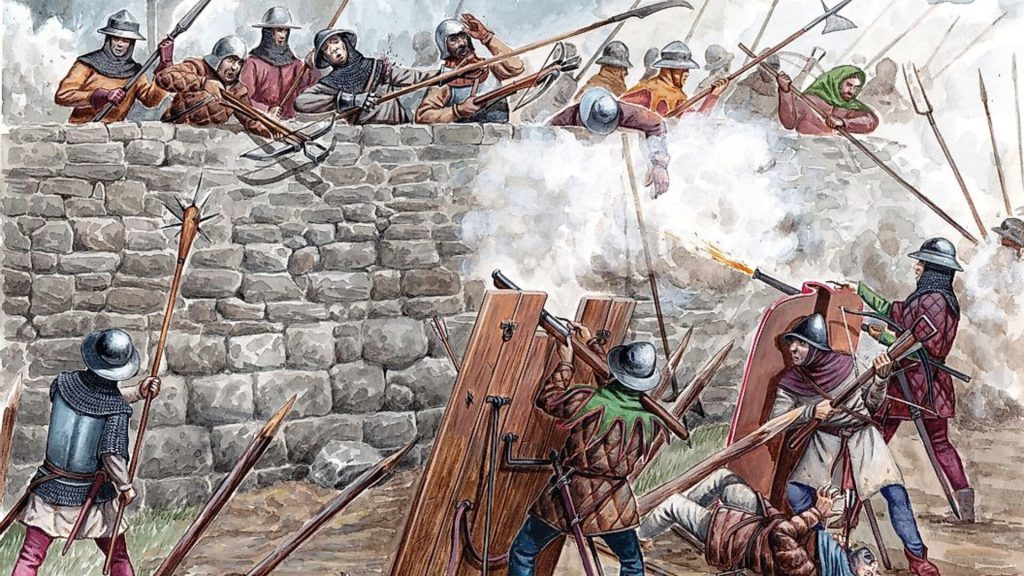
That’s because the Hussites fired short-barreled cannons into crowds of infantry during the Hussite Wars of the 1420s and 1430s. The artillery could hit a large number of soldiers at once.
Howitzers in World War I
By the time of World War I, field guns, or gun-howitzers, had evolved to have longer barrels. In addition, they boasted increased charges that could propel its weapon load longer distances.
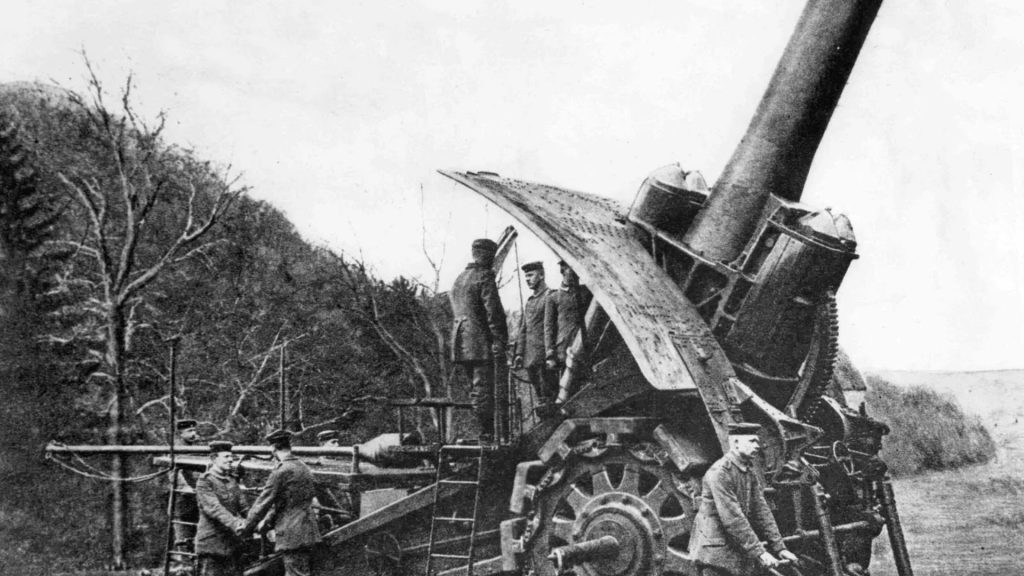
To make them effective in World War I’s trench warfare, howitzers were designed to fire at a steep angle. The German Army was able to make the necessary improvements to these weapons at the onset of the war, which gave them an advantage.
World War II’s Howitzers
The Soviet “deep battle” strategy of World War II made howitzers a vital weapon of war. The Soviets, in fact, relied on heavy artillery for battles fought on the Eastern front and produced howitzers in large numbers to keep their units well-supplied.
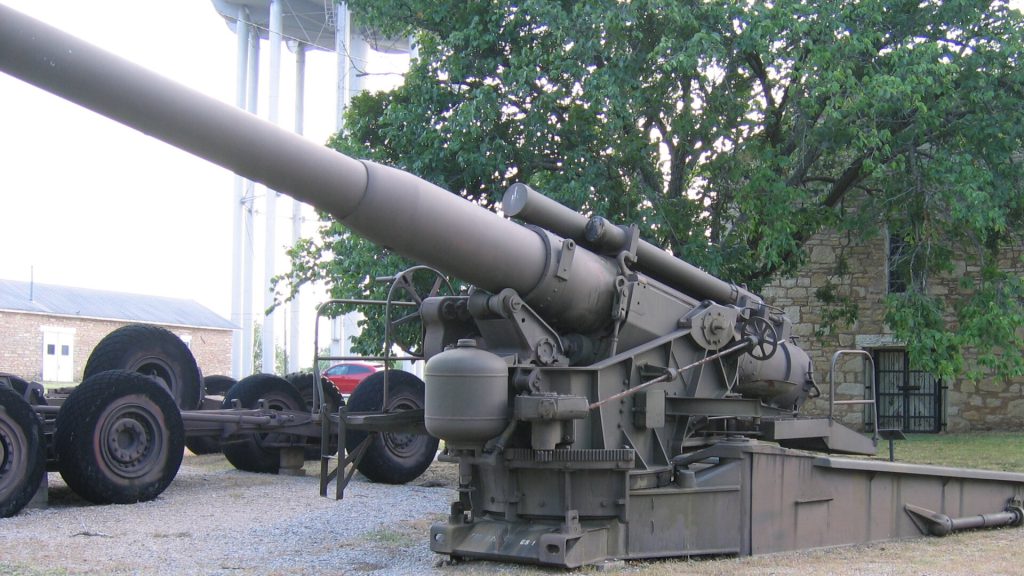
The Allied forces followed suit. Both the United States and Britain produced long-range, long-barreled, field guns with high muzzle velocity and multiple charges. These Howitzers had maximum elevation angles of 45 degrees or higher.
Attempts to Produce New and Improved Howitzer Have Recently Been Halted
Doug Bush, who serves as the U.S. Army’s top weapons buyer, announced in a press conference on March 8, 2024, that the Army is ending research, development, and testing of new, improved howitzers that could fire at further than older ones.

The military had been working on an extended-range cannon artillery, or ERCA, based on the current M-109 model, but with an extremely long barrel. As Bush explained, “We concluded the prototyping activity last fall. Unfortunately, it was not successful enough to go straight into production.”
No Replacement In-Development Program
With the cancellation of the failed ERCA howitzer development program, the U.S. Army no longer has a program in development to replace or improve the model of howitzer it has been using since the 1960s, the M-109s.
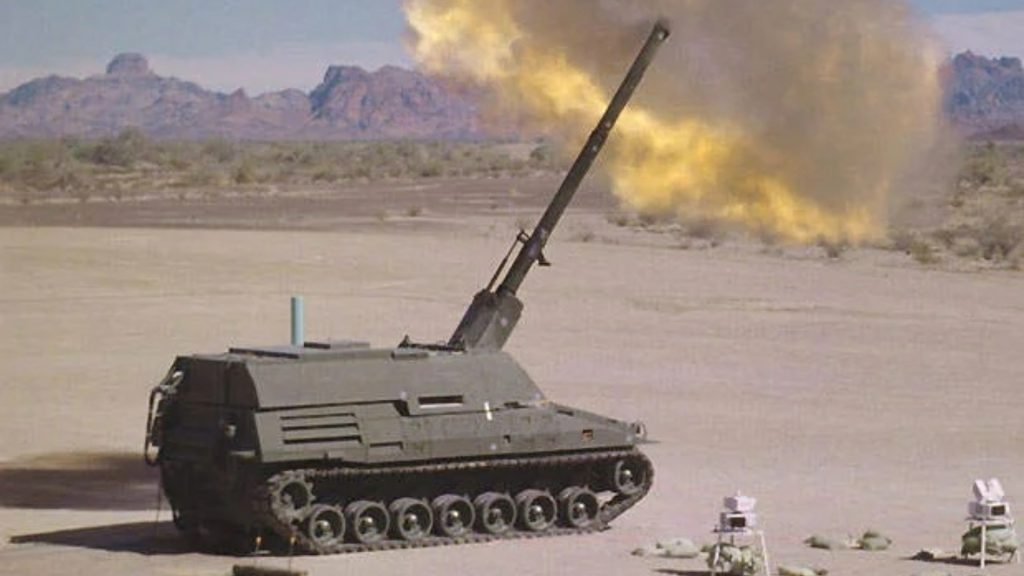
In the 1990s, the Army implemented its first program to replace the M-109s. Plans were in place to develop an automated, super-heavy howitzer to be named “the Crusader.” According to the plans, the Crusader would weigh 43 tons and fire shells up to 25 miles. There was just one problem.
The Pentagon Axed the Crusader
The Crusader was called a “Futuristic Combat System,” and the Army had high hopes for its success. Throughout the 1990s, the Crusader was tweaked and tested, then tweaked again. The Pentagon sank billions of dollars into the research and development of this upgraded howitzer.
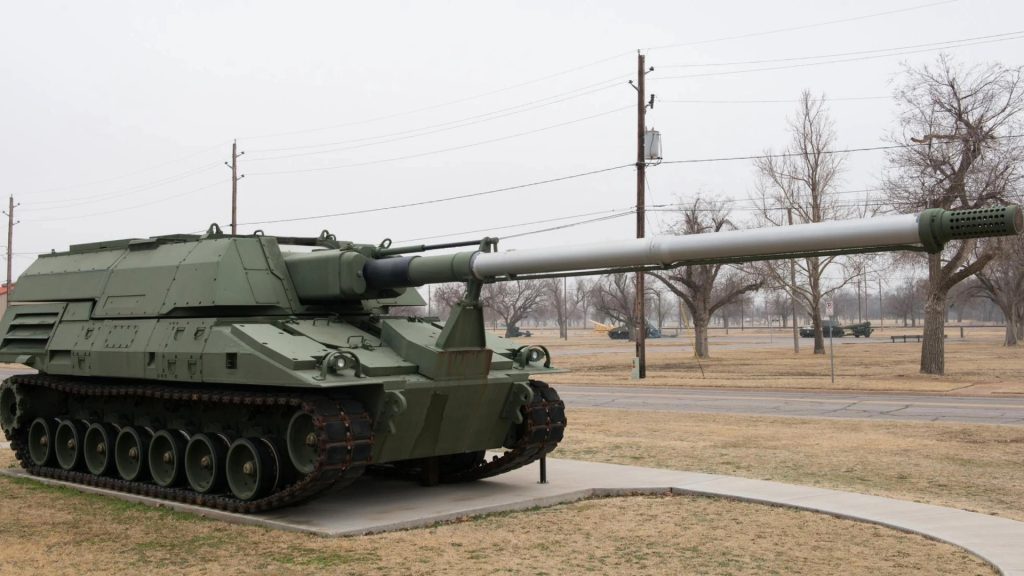
In 2002, the Pentagon axed the Crusader program. It states that the size, weight, and costs of this semi-robotic weapon was prohibitive to its success. On paper, the Crusader seemed like a good idea. In reality, it was, as the Pentagon stated, “conceptually flawed.”
The Army Tried Again
Despite the failure of the Crusader howitzer, the U.S. Army wasn’t ready to give up on its goal to develop a viable replacement for the heavy artillery howitzer. Another development program began almost as soon as the Crusader was shelved.
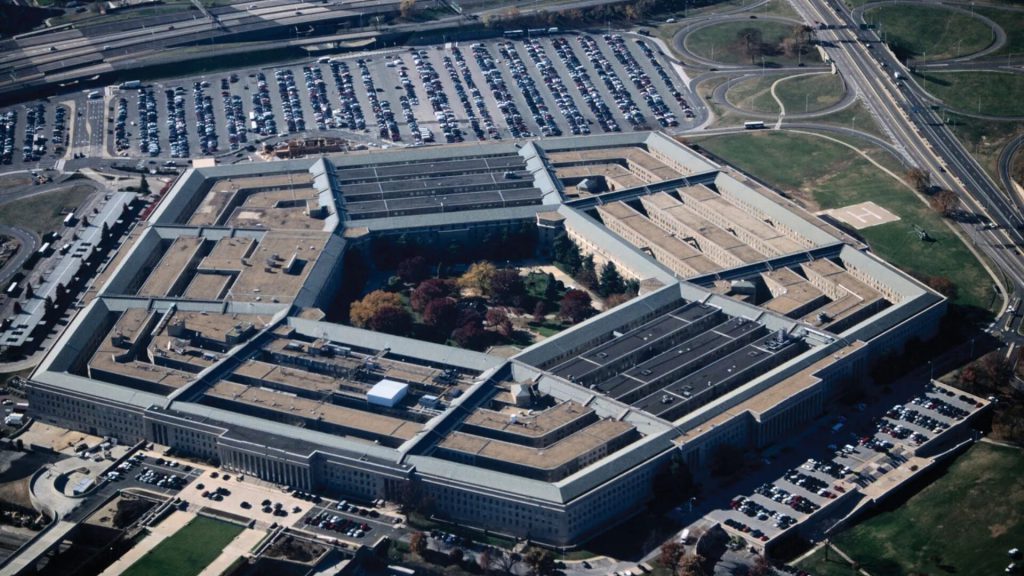
In 2009, the Pentagon pulled the plug on this program, too. After nearly twenty years of research and development – and billions of development dollars – the Army had nothing to show. It was a debacle and an embarrassment.
Was the Third Time the Charm?
With two black marks on their record, the Army was naturally cautious to move forward with its third attempt to produce a new howitzer. The engineers and designers poured over the plans to resolve potential issues before the first prototype was made.
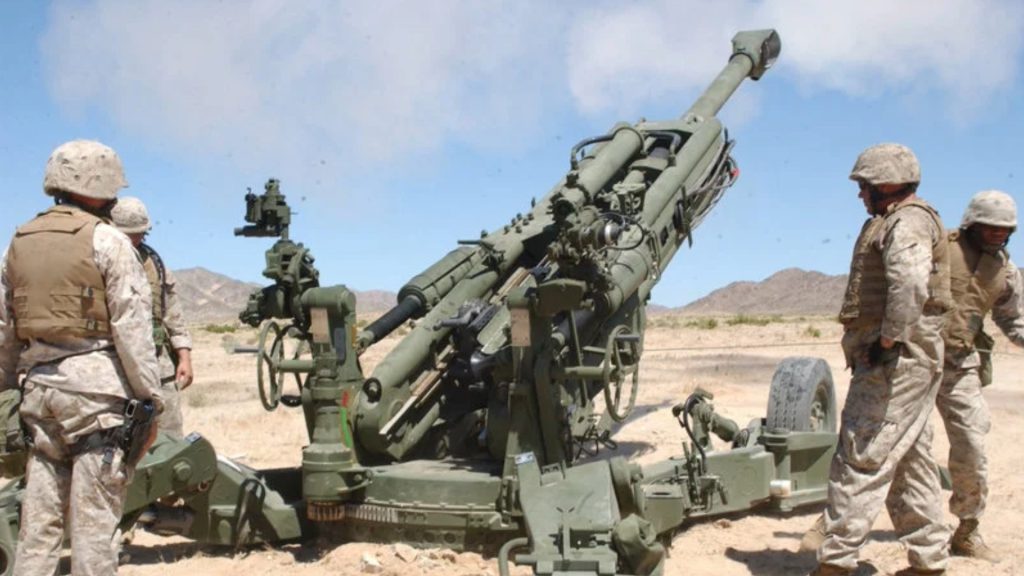
In 2020, testing of the prototype began, with much anticipation. Despite their care and attention to details, the Army’s third try was also a dismal failure. The longer barrel, which was designed to safely expel thousands of rounds, was problematic and prone to breaking.
The Army Has Other Weapons in its Arsenal
Fortunately, the Army isn’t entirely reliant on the aging M-109 howitzers. American gunners have missile launchers, wheeled rockets, and other weapons at their disposal. One of them is the High-Mobility Artillery Rocket System, or Himars, system.
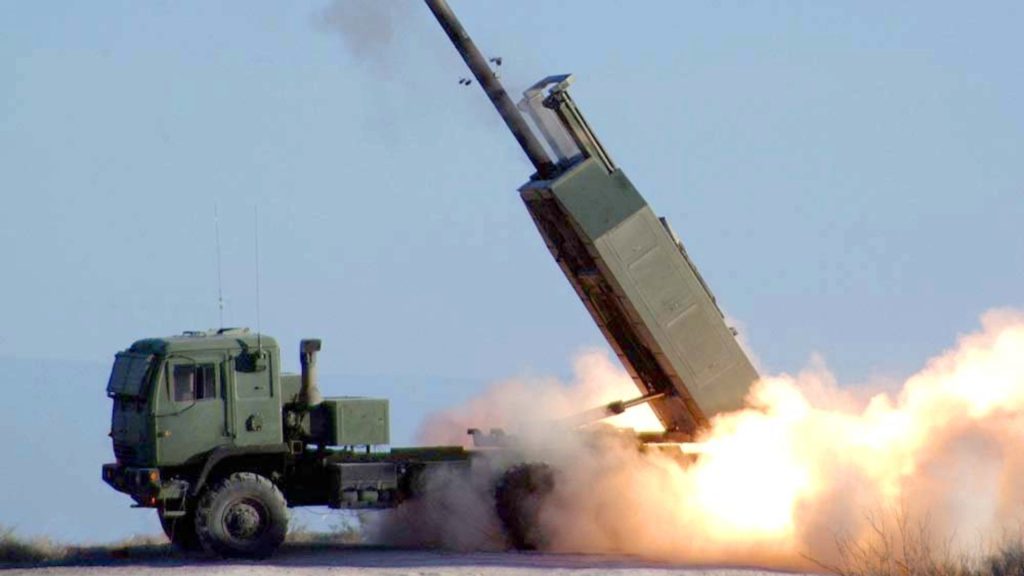
The U.S. Army’s Himars are capable of launching precision missiles up to 57 miles away with pinpoint accuracy while also defending itself from return fire. It has been called the best artillery system in the world. It is an effective weapon, but there is still a place for howitzers.
A Weapon for Every Situation
All of the top militaries across the world have several different types of weapons … a weapon for every situation. While the Himars are great for the task they were designed for, they can’t do everything.
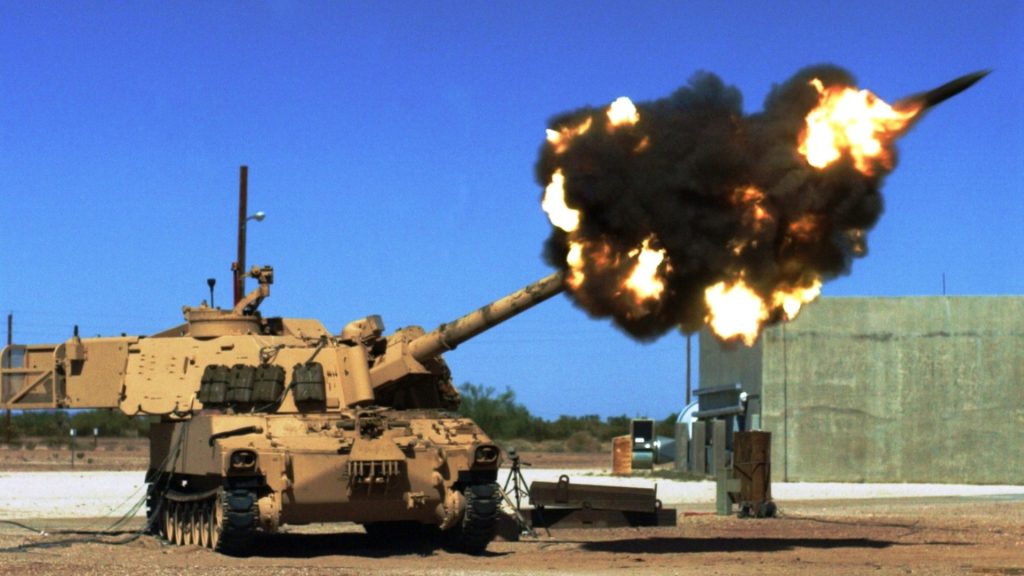
Howitzers can fire smaller rounds – but lots of them – over a shorter distance. Additionally, the shells from howitzers come in faster clusters. It creates a more intense and fast-paced attack against closer targets.
Is the U.S. Military Falling Behind in Weapons Development?
American weapons makers have tried unsuccessfully for nearly thirty years to create a replacement to the M-109 howitzer and has, thus far, failed to do so. Does that mean the U.S. military is falling behind the rest of the world in weapons development?
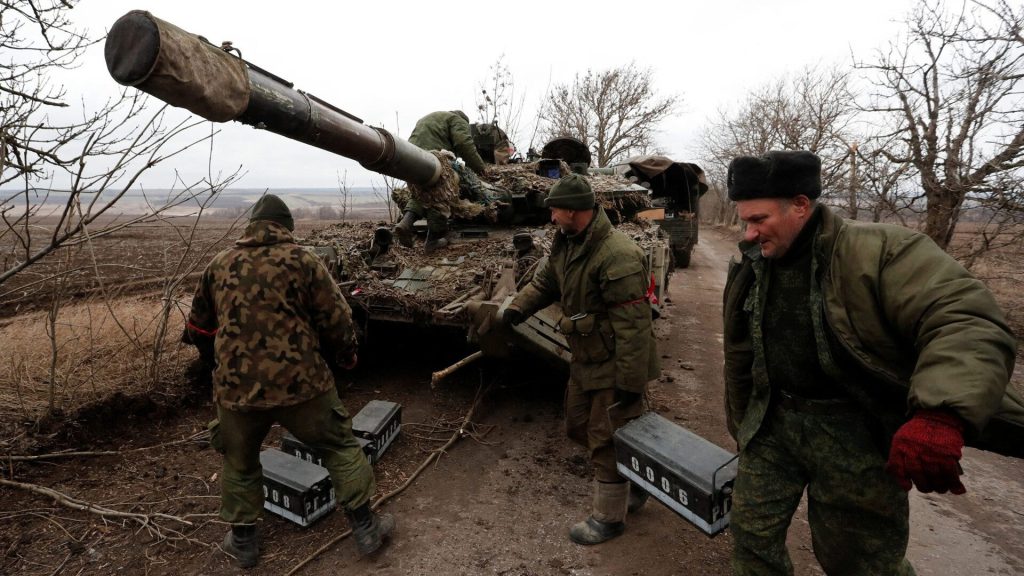
It sure seems so. Even the Ukrainian Army, which is understandably strapped for cash, has been able to get their hands on new and improved howitzers with farther reach that were designed and manufactured in Europe.
Howitzers in the Ukrainian War
All along the 600-mile front line of the Ukrainian War, both the Ukrainians and the Russians are using upgraded howitzers. In fact, these are the weapons that are responsible for the heaviest casualties of the war.
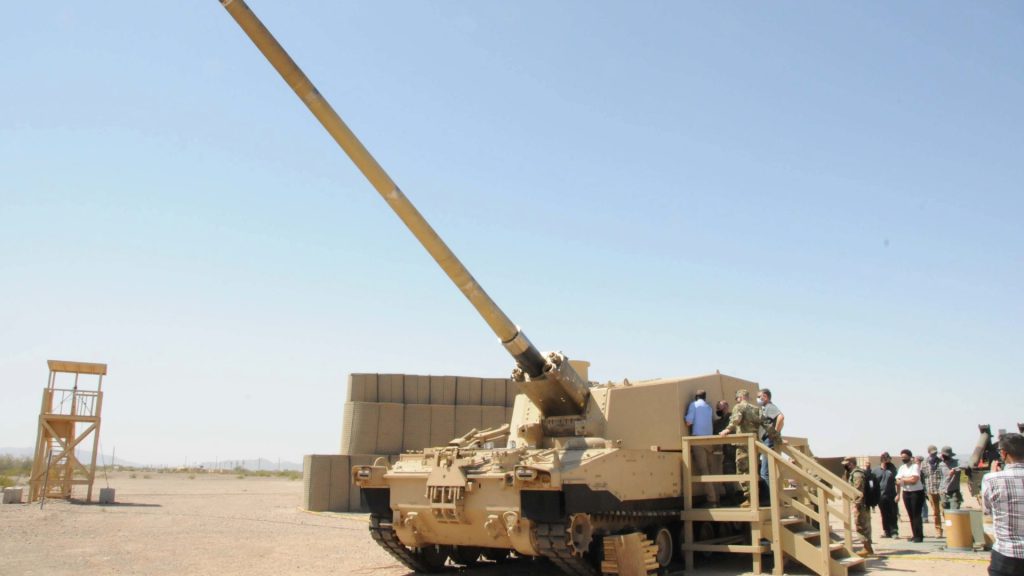
The Pentagon, which has been closely watching the war in Ukraine for more than two years, has to feel vexed that other nations have succeeded where they have failed in its efforts to develop a modern replacement for the aging M-109 howitzers.
Taking a Page from Ukraine’s Playbook
How did Ukraine get their hands on these new and improved howitzers? They purchased them directly from both Swedish and South Korean manufacturers. They also put the word out that they were in need of design plans and manufacturing guidance to build their own weapons.
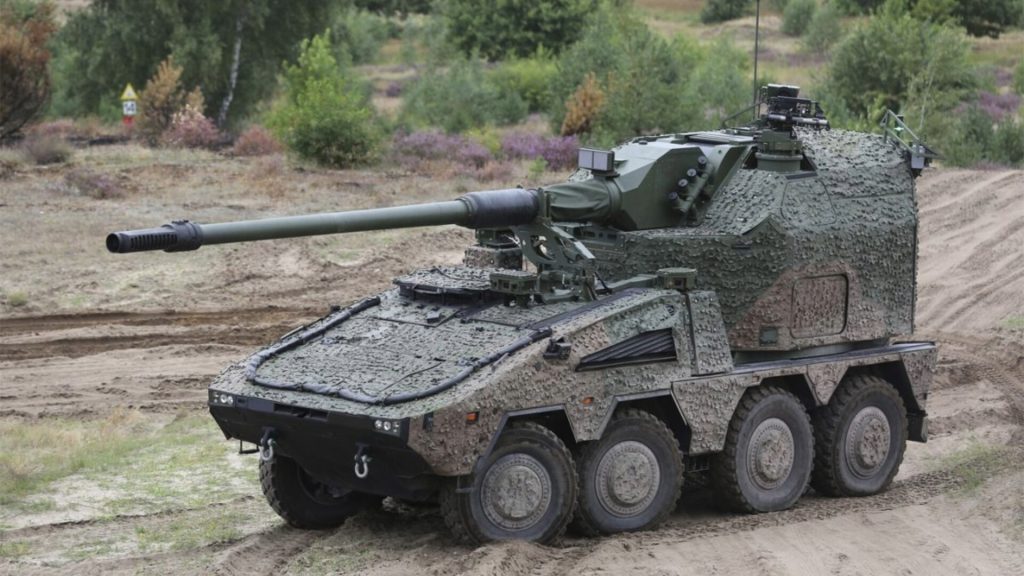
It is possible for the United States to take a page from Ukraine’s playbook. For the U.S. Army and the Pentagon, however, admitting that it needs to import artillery because it can’t design its own might be too embarrassing for the greatest, richest army on the planet. But sometimes, pride needs to be swallowed for the greater good.




